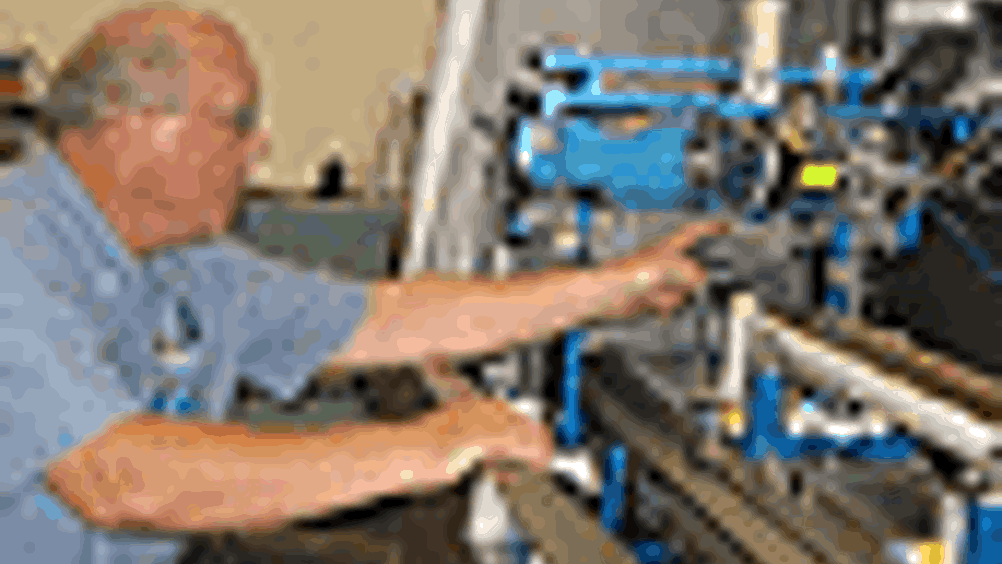The core of climate change

Researchers at the University of Miami Rosenstiel School of Marine and Atmospheric Science are using X-ray technology to find answers to historic climate changes. The XRF, or X-ray Fluorescence Core Scanner made by Netherlands-based Avaatech, will search for clues in earth and marine sediment core samples.
‘From a paeleoclimate researcher's perspective, this is a dream come true,’ said Larry C. Peterson, the marine geology professor whose lab houses the scanner. ‘There is a tremendous amount of information about earth history preserved in the chemical composition of sediments deposited on the ocean floor, in lakes, and on land. By measuring the concentration of specific elements in these sediments, the XRF Core Scanner can help us document the history of drastic climate variations and past geological events, giving us more of an idea of the current and future state of our environment.’
The XRF Core Scanner will be able to chemically analyse sediment cores quickly and without any physical damage.
Register now to continue reading
Thanks for visiting The Engineer. You’ve now reached your monthly limit of news stories. Register for free to unlock unlimited access to all of our news coverage, as well as premium content including opinion, in-depth features and special reports.
Benefits of registering
-
In-depth insights and coverage of key emerging trends
-
Unrestricted access to special reports throughout the year
-
Daily technology news delivered straight to your inbox










Comment: Engineers must adapt to AI or fall behind
A fascinating piece and nice to see a broad discussion beyond GenAI and the hype bandwagon. AI (all flavours) like many things invented or used by...